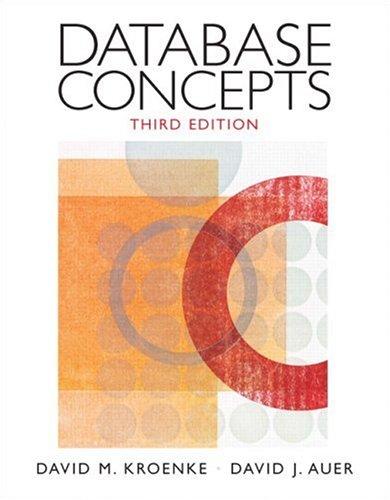Answered step by step
Verified Expert Solution
Question
1 Approved Answer
The network in Fig. 9 is considered where source 1 sends packets at a rate of 7 0 0 0 packets per second, and source
The network in Fig. is considered where source sends packets at a rate of
packets per second, and source at a rate of packets per second. Both sources
send packets of average size bytes. Router R can forward packets of either source
at Mbitssec on each of its outgoing links. Router R can forward packets of either
type at Mbitssec
the distribution of outgoing traffic for routers R and R is described in Table Table : Distribution of outgoing traffic for routers R and R From Router R to: Sink R Source i Calculate the average number of packets in each queue, assuming MM queues. ii Round these values to the nearest integer and assign the results for each queue to be the finite capacity of the queue. Calculate the overall average delay experienced by packets sent by source and arriving in sink or sink and the average delay experienced by packets sent by source and arriving in sink
Step by Step Solution
There are 3 Steps involved in it
Step: 1

Get Instant Access to Expert-Tailored Solutions
See step-by-step solutions with expert insights and AI powered tools for academic success
Step: 2

Step: 3

Ace Your Homework with AI
Get the answers you need in no time with our AI-driven, step-by-step assistance
Get Started


